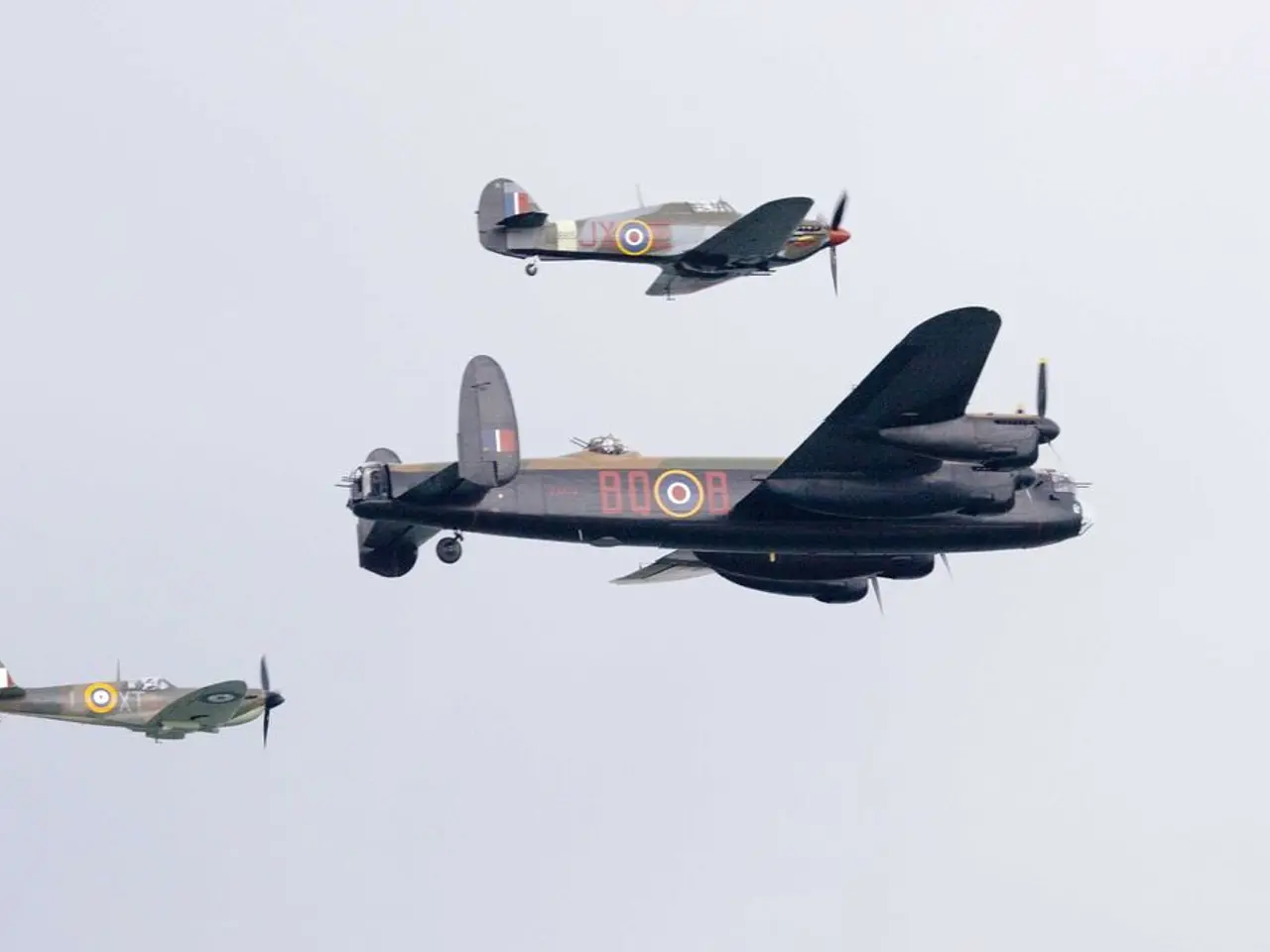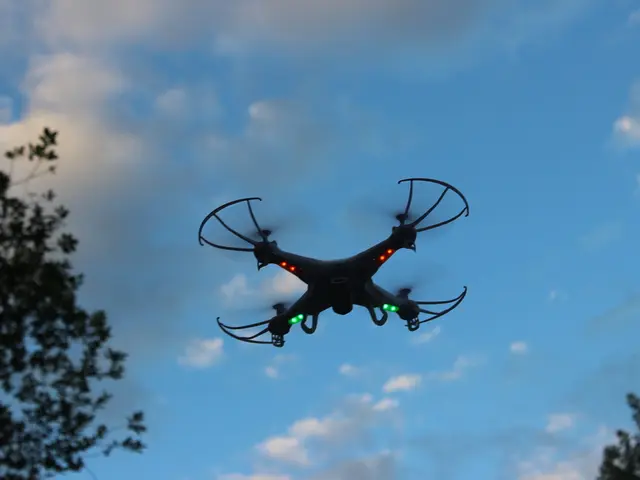East on the 11th of August.
In the far northeastern reaches of Siberia, Russia, lies the remote and challenging region of Chukotka. During the early to mid-20th century, a notable pilot named Otto Kalvitz made significant contributions to the exploration and mapping of this Arctic territory.
Flights Over Chukotka
Kalvitz's flights over Chukotka were primarily exploratory and investigative, aimed at improving aerial navigation routes, surveying the terrain, and supporting scientific and meteorological expeditions in this isolated part of the Soviet Union. The extreme cold, unpredictable weather, and limited emergency landing options made these flights particularly risky, requiring highly skilled pilots like Kalvitz with specialized knowledge of Arctic flying techniques.
Equipped with aircraft suitable for long-range reconnaissance and transport, Kalvitz braved the harsh Arctic conditions to map this previously uncharted territory. On August 11th, 1926, he made the first flight over Chukotka, and in 1929, he and his flight mechanic, Leonhardt, flew again over the region in a B-3 seaplane.
Subsequent Missions
After his work in Chukotka, Otto Kalvitz was involved in various other missions, including participating in Arctic exploration projects, aiding in the establishment of air routes linking remote areas, supporting Soviet scientific research stations, and engaging in survey flights that contributed to improving maps and geographic knowledge of the Soviet Far East and Arctic regions.
Historical Context
Pilots like Otto Kalvitz played a crucial role during this period in pushing the boundaries of aviation in extreme environments. Their work was often intertwined with Soviet efforts to develop the Northern Sea Route and to strengthen presence in the Arctic.
While specific details—such as exact flight dates, types of aircraft flown, or personal achievements related to Otto Kalvitz—may be found in specialized historical or aviation archives or Soviet-era records, it is clear that Kalvitz made significant contributions to the exploration and mapping of the Chukotka region.
Tragically, both Kalvitz and Leonhardt perished in a special mission in Yakutia in 1930. Despite this loss, their pioneering spirit and determination continue to inspire those who seek to understand and explore the Arctic's mysteries.
During Kalvitz's later missions, he contributed to the development of air routes linking remote regions, including the establishment of links within the Soviet Far East, leveraging his expertise in aviation to support scientific research stations.
In the broader industry landscape, Kalvitz's work was not limited to Chukotka alone; his involvement in Arctic exploration, finance, and transportation, especially aviation, extended beyond the Chukotka region, significantly impacting the understanding and exploration of the Soviet Far East and Arctic regions.







